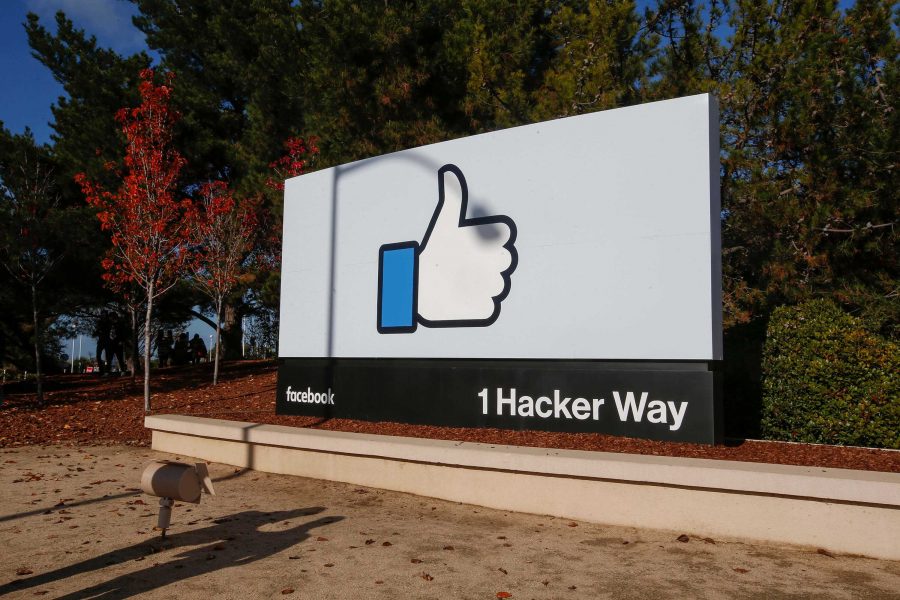Even as she scrolls through her social media feeds, Erica Cunningham can see why the constant connection might not be so good for her.
“When you are on social media, it is hard to compare what your life is like and what their lives seem to be,” Cunningham, a first-year student, said. “Also, if you are left out of something, it is easier to find out on social media and that can make you upset.”
Published last week in the journal Depression and Anxiety, a new Pitt study has outlined a clear connection between social media use and depression in young adults. The study found that people who frequently use social media are likely to also display signs or symptoms of depression, drawing a correlation — though not a causal relationship — between the two.
By analyzing data on social media use and nonclinical depression from 1,787 U.S. adults aged 19 to 32, Pitt researchers found that those who spend a lot of time on social media face significantly greater odds of also having depression compared to those who do not.
Lui yi Lin, the lead author of the study, said the research recognized the association but unable to identify whether it is because depressed people use social media more or because social media makes people depressed.
“It is a correlation and an association. We don’t know what’s chicken or egg,” Lin said.
The study, which the National Institutes of Health funded, was the first large, nationally representative study to examine the association between depression and social media use, considering more than one platform.
Depression has become a growing concern in our society while social media has become ubiquitous, according to Brian Primack, a Pitt professor of medicine and the director of the Center for Research on Media, Technology and Health, which designed and conducted the study.
Depression affects an estimated 350 million people, with suicide being the second-leading cause of death in 15- to 29-year-olds, according to the World Health Organization.
Both data on social media use and depression were collected from questionnaires that the researchers sent out to the study participants through online surveys.
Researchers asked the 1,787-person sample about frequency and time spent on the 11 most popular social media platforms: Facebook, YouTube, Twitter, Google Plus, Instagram, Snapchat, reddit, Tumblr, Pinterest, Vine and LinkedIn. According to the social media use data, participants averaged 61 minutes on social media every day and 30 visits every week.
Researchers then gathered data on depression using an questionnaire called PROMIS, meaning Patient Reported Outcomes Measurement Information System, which asks participants how frequently in the past seven days they had experienced depression or feelings of hopelessness, worthlessness and helplessness.
The data showed that while 44.5 percent of the sample reported no indicators of depression, 26.3 percent were classified at high risk of experiencing symptoms of depression. The other 30 percent of participants were classified at medium risk.
Lin said the depression data of the research is not diagnostic. To be clinically diagnosed as depressed, a person has to display complete depression symptoms for at least two weeks. Lin said this research only looked at participants’ mental wellness at a very specific time point.
“It only takes a snapshot of how much you use social media and what your mood is,” Lin said.
But she said this research set a direction for future longitudinal research that aims at tracking participants’ moods over a long period of time, which can be much more diagnostically relevant, as depression is forcasted to be the leading cause of disability in high-income countries by 2030.
“Although this is not a clinical diagnosis, it is a good self-report of symptoms and correlates with clinical diagnosis,” Lin said.
Primack said although cause and effect in this study is not established, a vicious cycle between depression and social media use seems likely.
“When people are depressed, they tend to have less energy to do creative pursuits, and so it may be easier just to fall into social media browsing,” Primack said.
Although people think social media browsing may help lift them out of a negative mood, Primack said, it might exacerbate their negative mood by making them feel like they wasted time, by making them feel unable to measure up to the idealized portraits of their peers or by exposing them to fearful messages in the news.
Rebecca Doyle, a first-year biology major, said the research does not surprise her. Doyle said her own experiences match the results.
“I think it is odd because [social media] is very personal into people’s lives. Our generation is obsessed with being in touch with other people, even though we don’t know them on a personal level,” Doyle said.
Primack said future studies should look at the specific types of social media use.
“For example, one person may spend an hour on Facebook giving ‘like’ designations to friends’ pictures, while someone else may spend that same hour involved in heated arguments about politics or religion,” Primack said, “These two different types of use may be associated with different mental health cognitions.”



